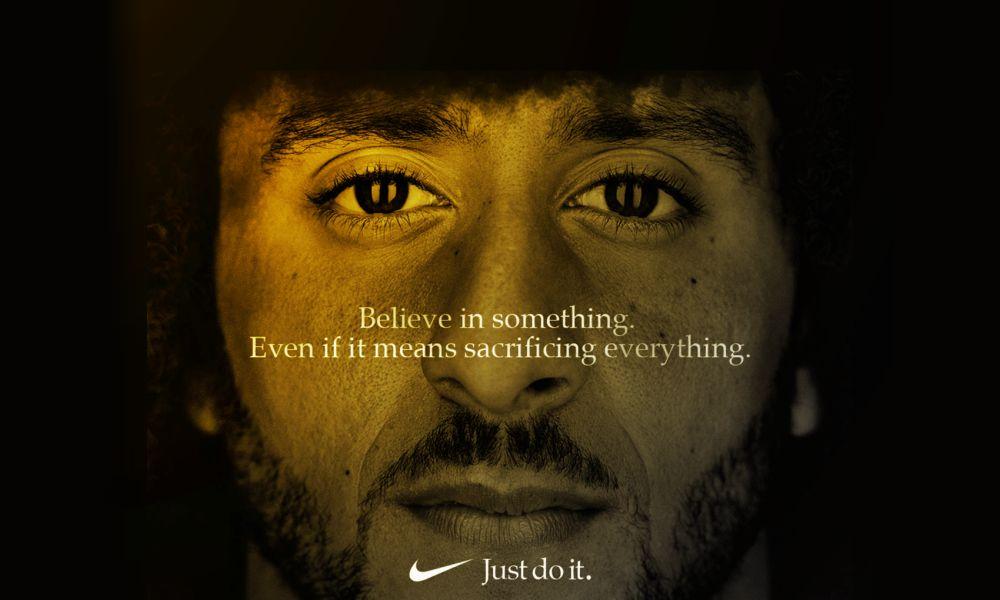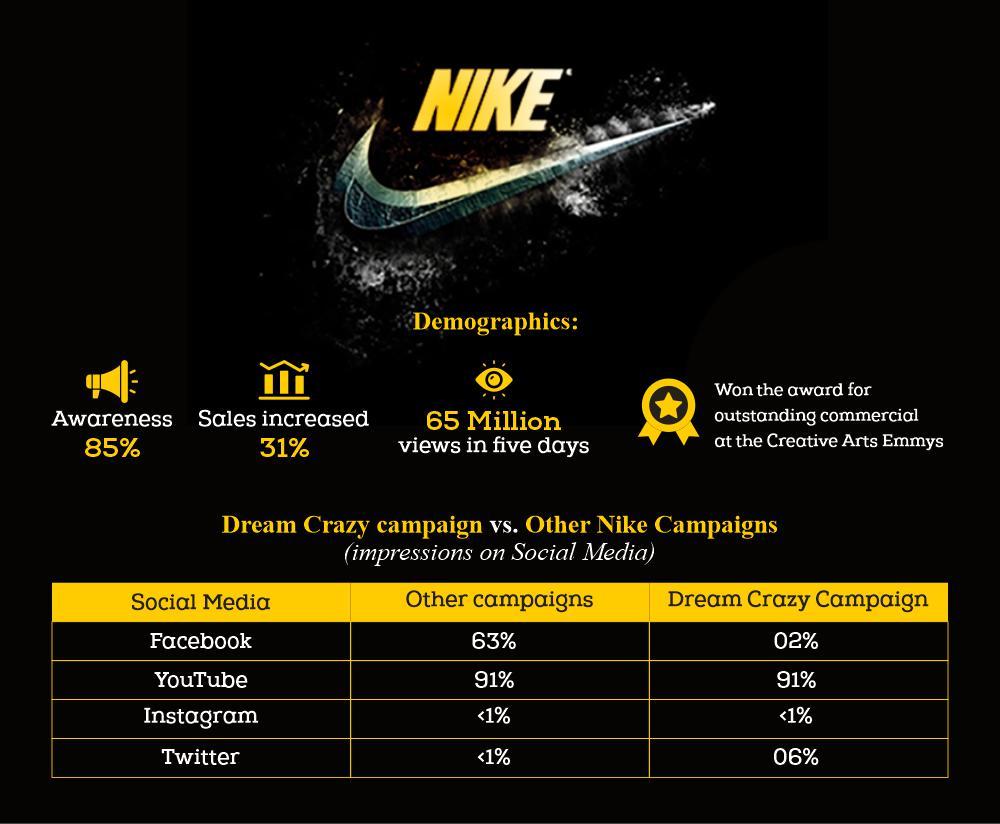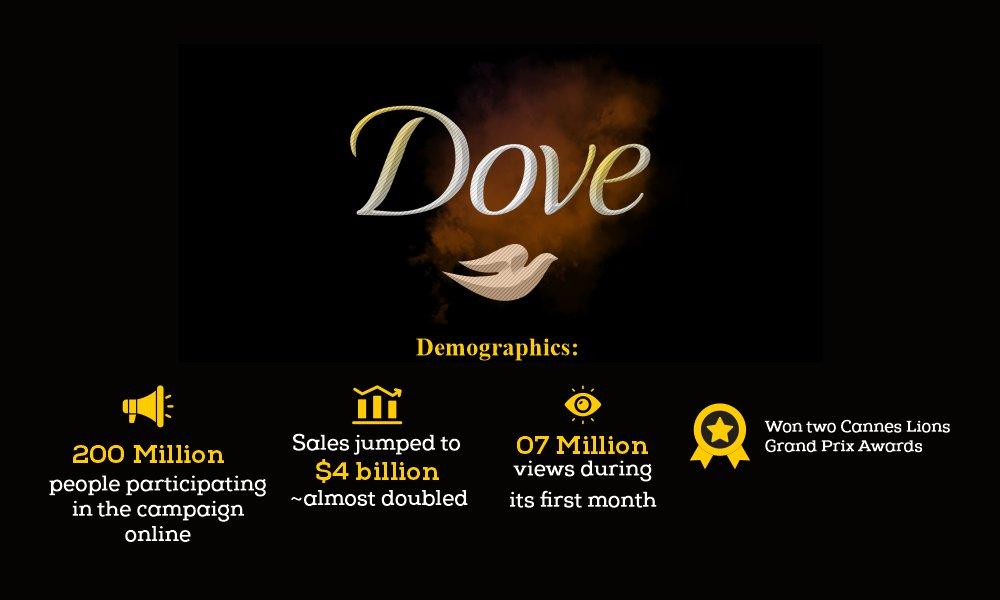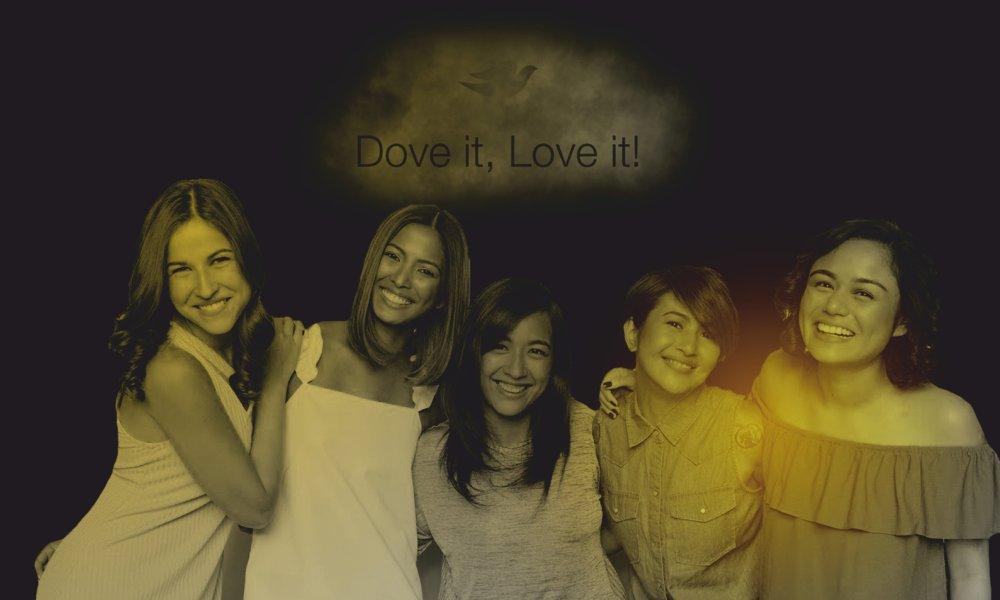Advertising evolution has been remarkable. While we bid bye to the decade, here’s retroversion to the most famous ads of the decade that broke the chain of stereotypes.
The first printed ad was introduced in 1472 for William Caxton’s book and placed them to church doors in England. With time, advertisements started gaining ground, and then came the golden age of advertising – the 1900s, where personalization was truly integrated with the commercials.
The Internet came into existence and further altered the advertising motive. Online advertising became popular and soon was transformed to mobile advertising, digital advertising, and so on.
Storytelling and Emphasis on Moral
Back then the main focus was on the products and how they would sell them—even if the commercial lacked logic, you would find it on the billboard. Today, advertising demands a certain style of storytelling and a motive, in which you can place your brand.
Throughout the decade, we have witnessed some of the best work from the creatives of advertising agencies. From political stands on social issues to using humor in the advertisements, several ads stood out from the generic advertising style. For instance, the “Love has no Label” campaign from the Ad Council—it creatively endorsed the importance of inclusivity and acceptance, or McCann’s “Fearless Girl”—that has now become a permanent symbol of women empowerment and a powerful statement for female leadership in the business world.
We inspected the most famous ads of the decade and their impact on sales,
1. NIKE (2002)

- Target Audience: New Gen Athletes/consumer between ages 15-17
- Tag Line: Dream Crazy/Just Do It Campaign
- Product: Sports apparel
- Aim of the campaign: Believe in something, even if it means sacrificing everything
Nike has the age-old classic ‘Just Do It’ campaign, which has been the most famous ad campaign for decades. In the event of the 30th anniversary of the Just Do It campaign, Nike rolled out its most controversial and bold ad of the decade.
The ad starred Colin Kaepernick—who was allegedly in controversy since 2016. He kneeled during the US National anthem to protest police brutality and racial injustice. The ad featured other celebrities such as Odell Beckham Jr., Shaquem Griffin, Lacey Baker, LeBron James, and Serena Williams.

Nike has been vocal about the social issues and utilizes the message creatively in the marketing campaign. Nike’s approach to utilizing controversy as a driving force and support “the underdog” was an excellent attempt to directly connect with the opinions of the target consumers.
Among the veteran brands, it can be argued that Nike is brave to voice the social issues and take a stand despite the backlash. After ‘Dream Crazy’ videos were surrounding the internet with #JustBurnIt and people burning the Nike products, but it managed to reach the right audience and win the outstanding commercial at the Creative Arts Emmys.
2. DOVE (2004)
- Target Audience: Females between ages 18 to 35
- Tag Line: Evolution-Real Beauty
- Product: Bath and body range
- Aim of the campaign: Targeted beauty stereotypes and the repetitive use of unrealistic, unattainable images, which consequently pose restrictions on the definition of beauty.
In the early 2000s, Dove executives surveyed more than 3,000 women from 10 countries, in an attempt to learn about women’s interests and priorities. The survey reported that only 4% of women felt they were beautiful—globally!
The major contribution to this declining self-esteem in women is due to the unrealistic body depiction shown throughout the ages. In an attempt to revive the brand and stand for the age-old gender stereotypes, Dove introduced the Evolution: Real Beauty campaign.

The campaign strikes a global conversation to widen the definition of beauty. Dove changed the culture of advertising and challenged the beauty norms by selecting ‘real’ women—such as old women with wrinkles, overweight women—, not supermodels for their advertisement. The audiences tend to connect with the real women concept as they were relatable and introduced a fresh perspective for the media.
Dove’s campaign proved to be successful amongst the crowd and received tremendous publicity.
Being one of the first digital campaigns, it managed to receive support from the online community and reach over 200 million globally.
The campaign still stands strong and is a good example of fempowerment marketing. Dove also followed the campaign with other famous ads like Real Beauty sketches, Beauty Bias, etc.
Click Here to Read More: 5 Famous Ads That Broke the Advertising Stereotypes


